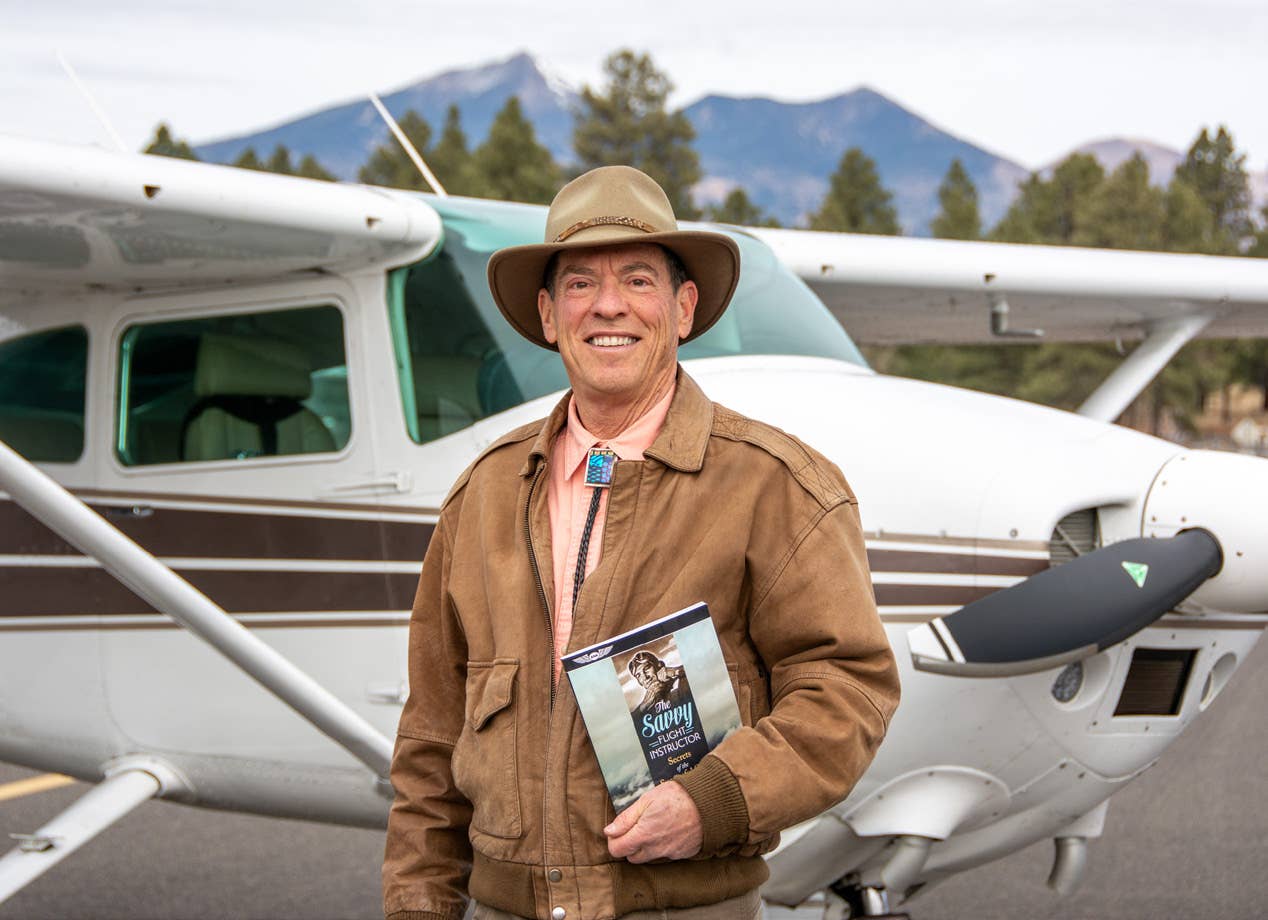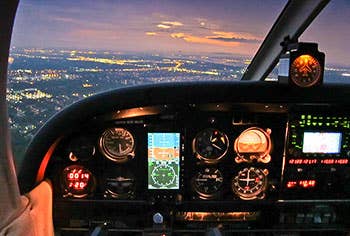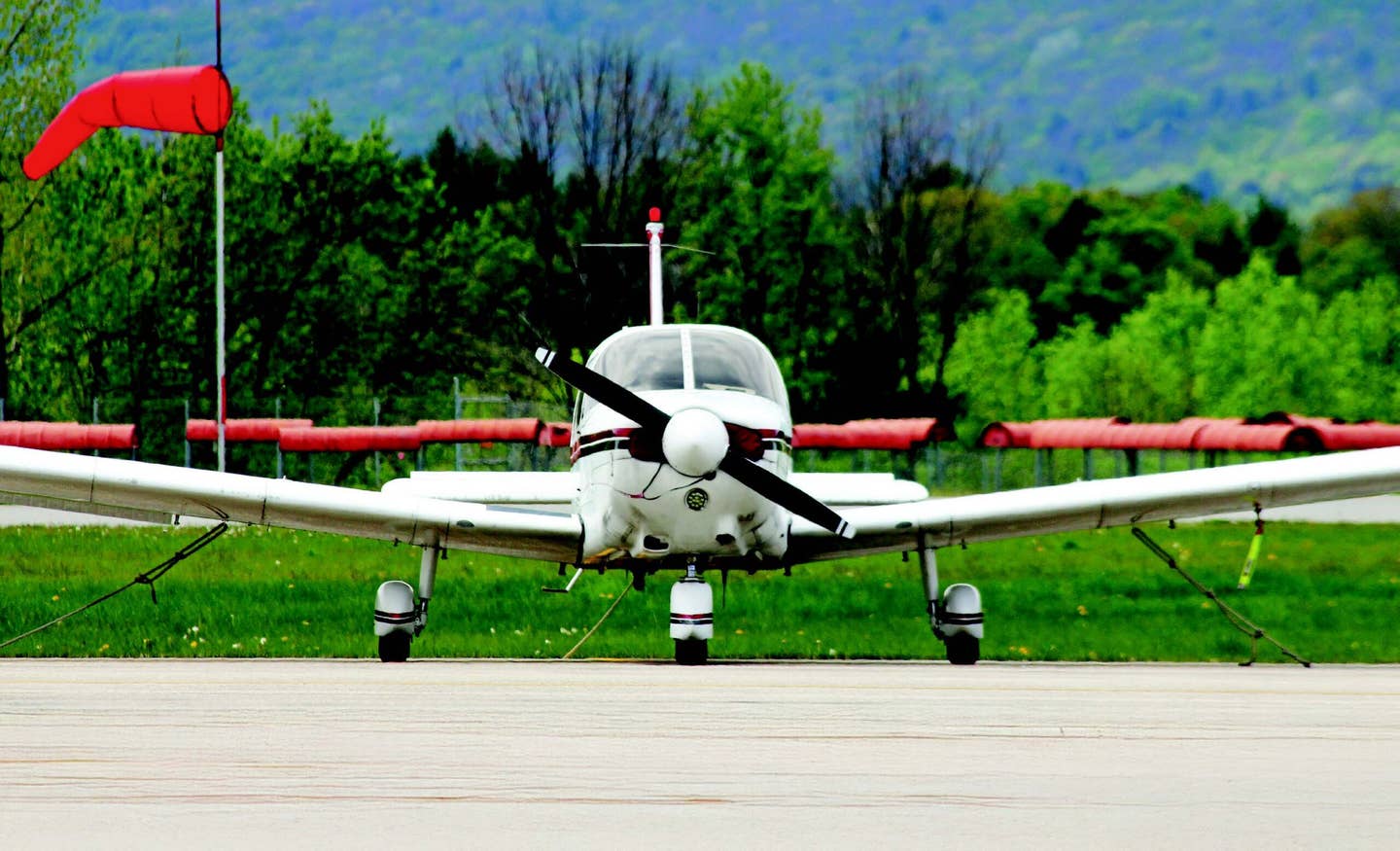
Factory-built light sport aircraft like this Vashon Ranger open up a world of affordable flying. Julie Boatman
Learning to fly light sport aircraft—and those falling within the class called ultralights or microlights in Europe—opens up an affordable world of flying. Finding the right kind of airplane and flight training provider for you can make the difference in ensuring your enjoyment of the pursuit.
In the United States, light sport aircraft fall into a couple of different categories. Most come under the airplane—land designation, though there are a handful of seaplanes that also fit into the category. Within the airplane category, airplanes are either factory built, under a special airworthiness certification, and designated as S-LSA, or they're home- or amateur-built, and fall under the E-SLA designation. Examples include the Vashon Ranger R7, Flight Designs CT series, and the Tecnam P2002.
Flight training in light sport aircraft in the U.S. can be delivered by an instructor with either a light sport instructor certificate, or a standard flight instructor certificate with the appropriate class ratings (land or sea). Some flight schools offer LSAs on their flight lines alongside traditional (heavier, larger) aircraft, and some specialize in light sport training.
You can fly light sport aircraft without a medical certificate, but you must possess a valid and current U.S. driver's license and comply with any restrictions on that (such as wearing corrective lenses). You'll need a student pilot certificate, which you can obtain from a designated pilot examiner (DPE) or your local flight standards district office (FSDO).

Sign-up for newsletters & special offers!
Get the latest FLYING stories & special offers delivered directly to your inbox






